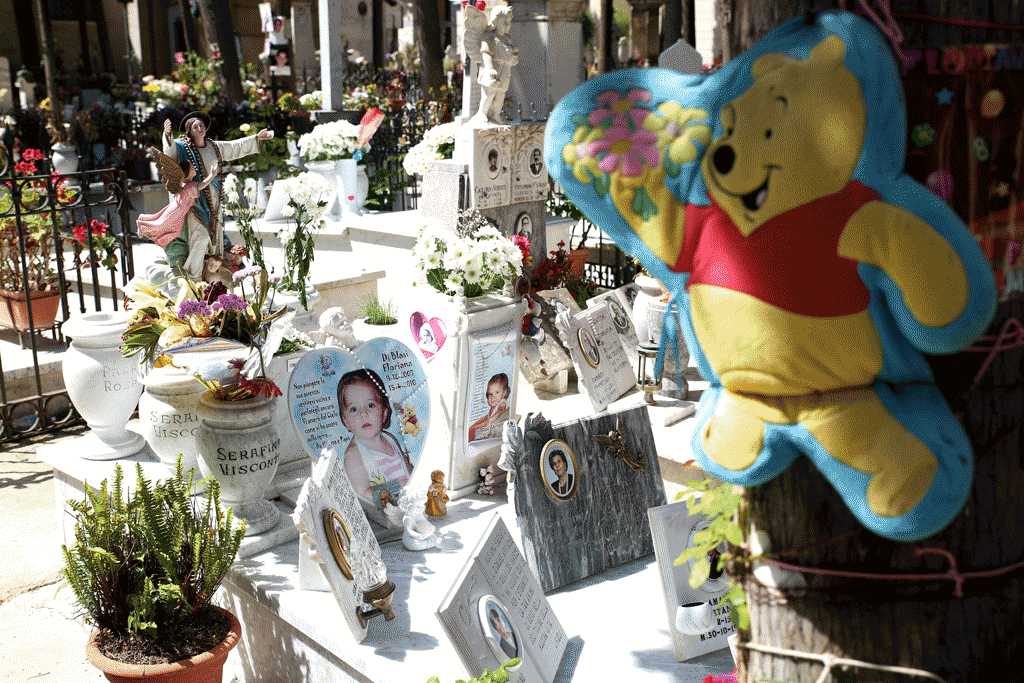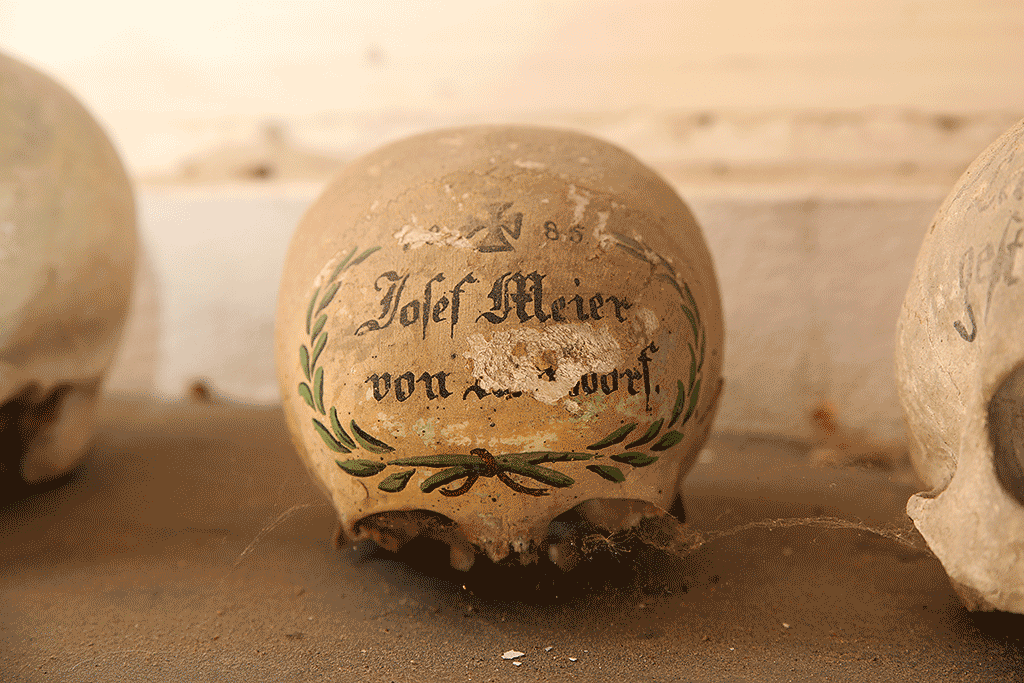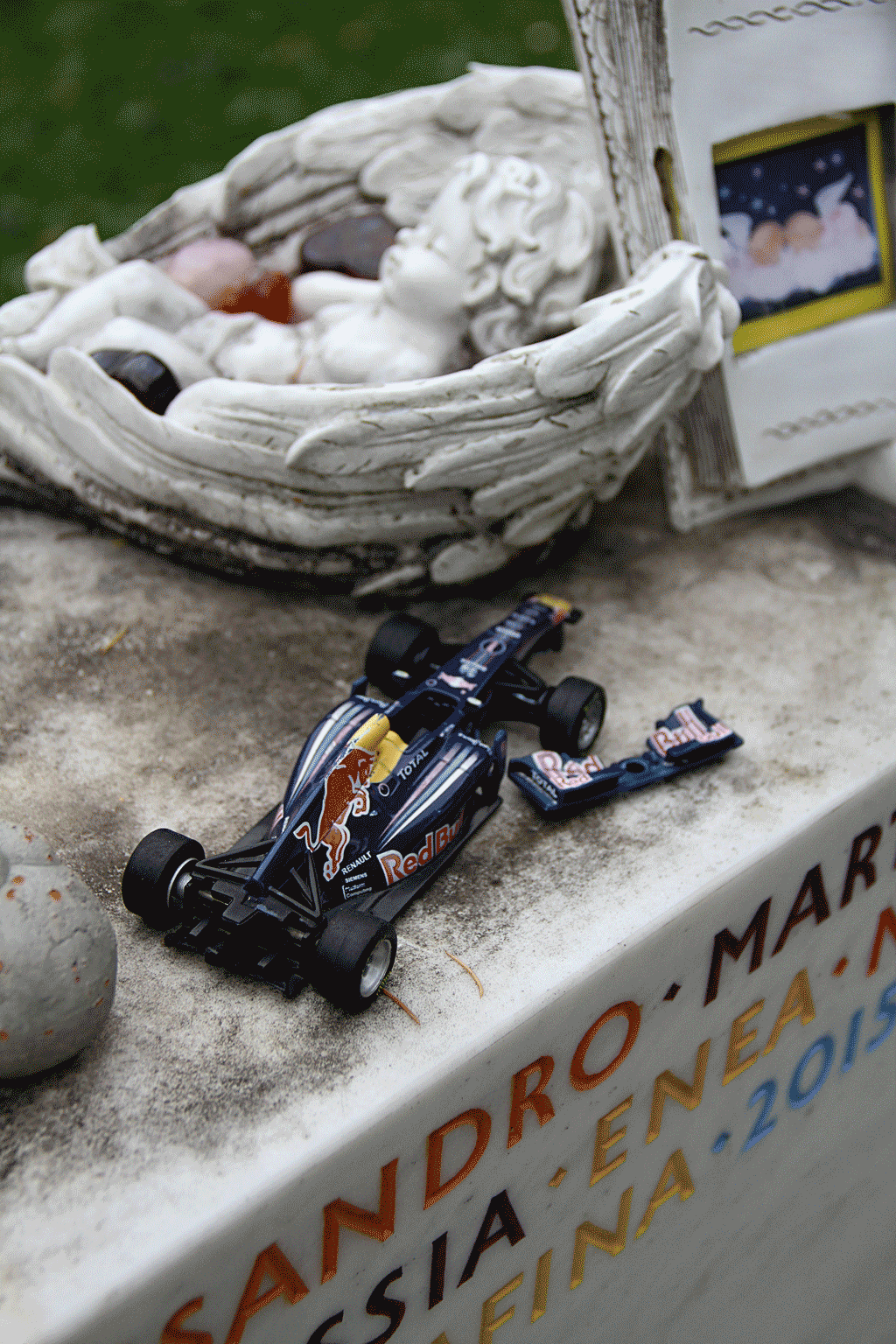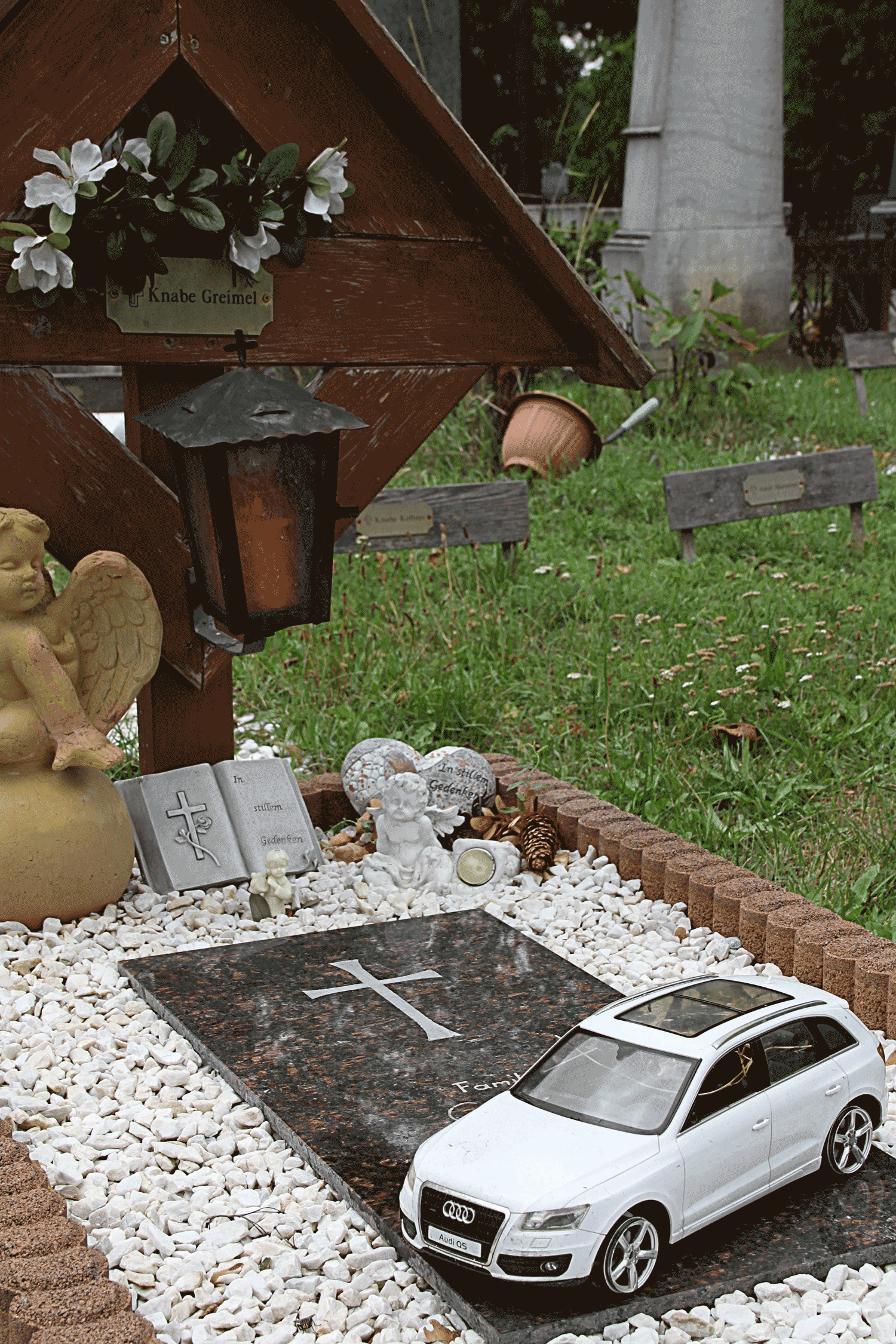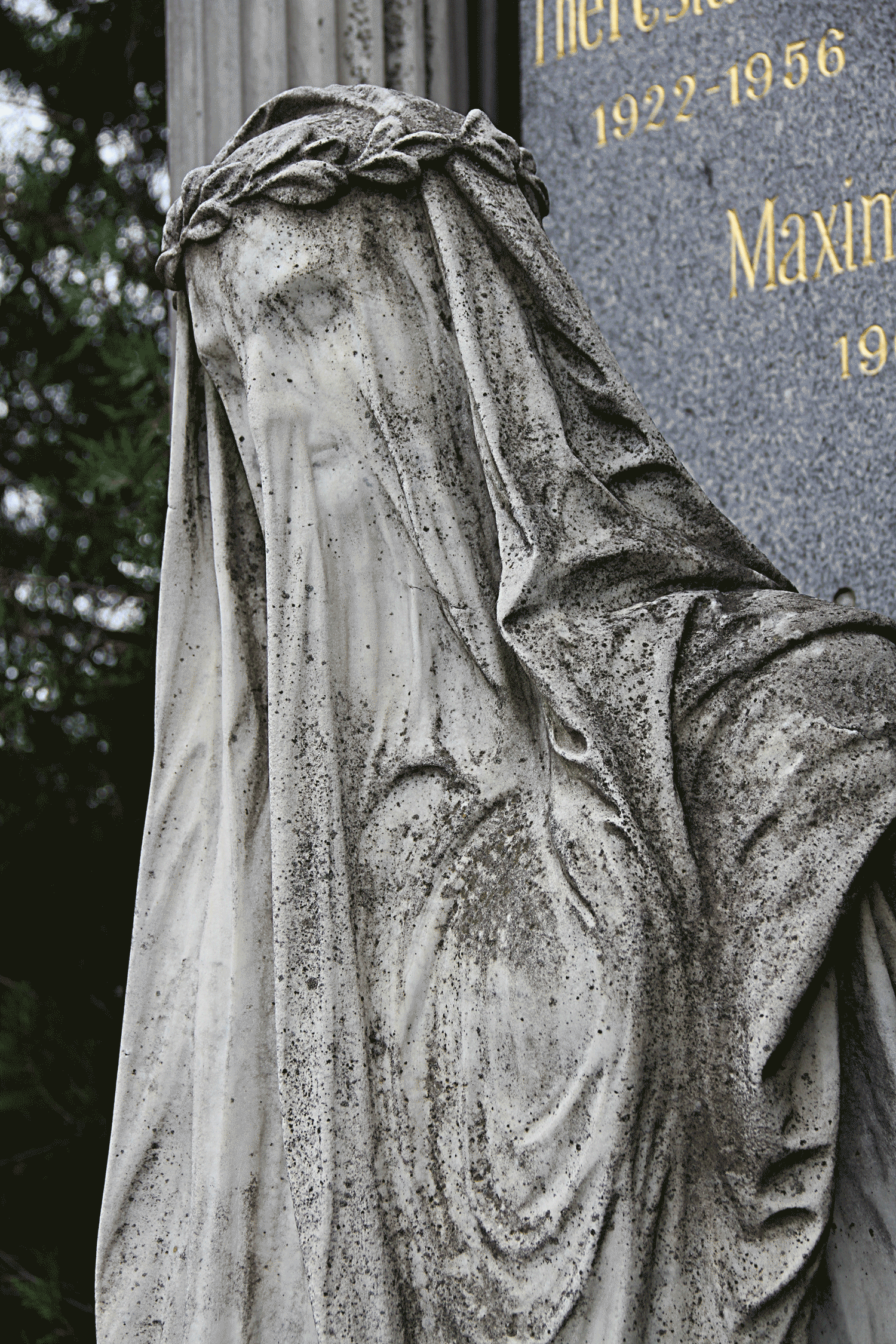 Gender and Death
Gender and Death
Gender seems to be so important for social orientation that it does not end with death. Rather, it continues to influence burial practices and ideas about death. Examples are gendered burial cloths, gendered urns or caskets and photographs on tombstones.
In the context of ossuaries, the exposed mortal remains reminded the living of death and warned them to live a ‘good’ life. To explain the interrelation between such normative demands and the material representation of death, a gender-based perspective is useful: in their material representations, ossuaries and other burial practices offer gendered ideas of death.
However, ossuaries also posit the ungendered equality of all humans in death; mortal remains of women, men, girls and boys are stored in the same place without any differentiation by gender. Burial practices can support a gendered social order, but at the same time they can also blur gender differences.
Publications
- Höpflinger, Anna-Katharina, "Den stillen Gast geleiten wir zu Tal". Der schwarze Umhang als maskuline Trauerbekundung im 18. und 19. Jh., in: Angela Berlis/ Magdalene L. Frettlöh/ Isabelle Noth/ Silvia Schroer (ed.), Die Geschlechter des Todes. Theologische Perspektiven auf Tod und Gender, Göttingen: Vandenhoeck & Ruprecht 2022, 245–269.
- Höpflinger, Anna-Katharina, Gender Equality in Death? The Normative Dimension of Roman Catholic Ossuaries, in: Religion and Gender 5,1, 2015, 18-34 (open access).
- Höpflinger, Anna-Katharina, Staging the Dead. The Material Body as a Medium for Gender and Religion, in: Journal for Religion, Film and Media 1, 2015, 57-64 (open access).
